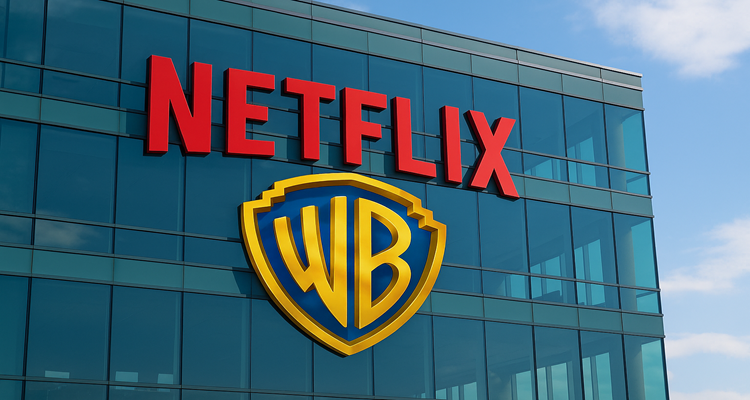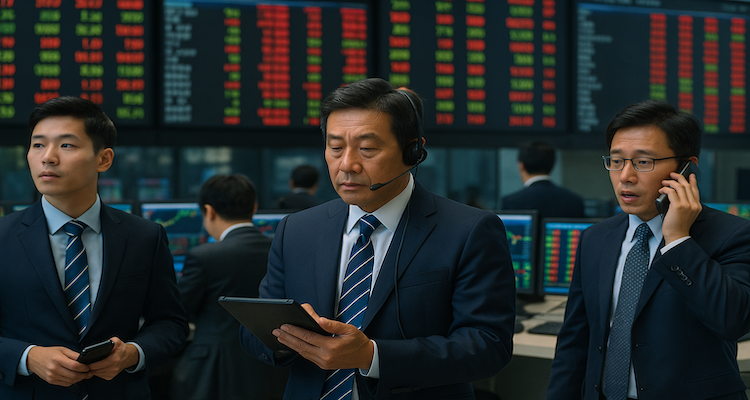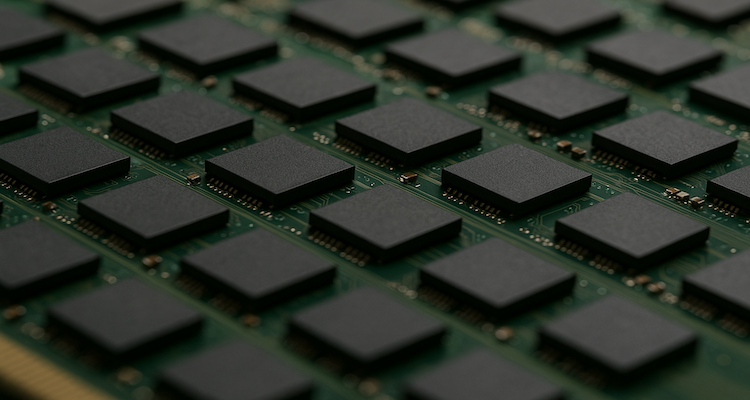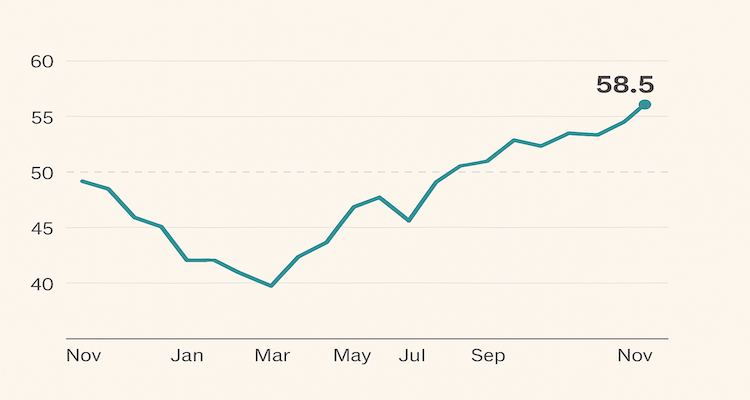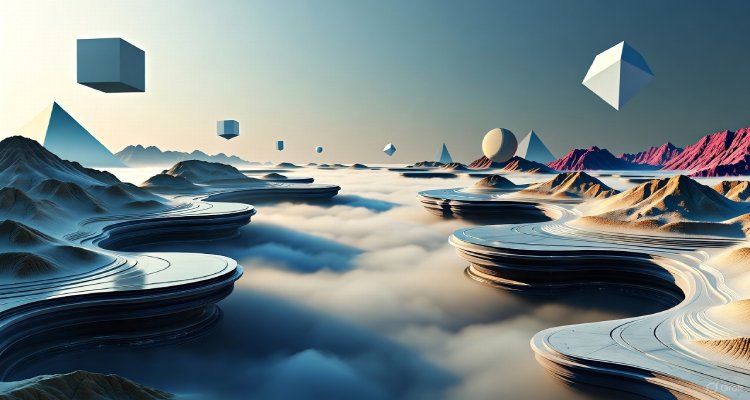The AI That Dreams in Color: When Machines Start to Imagine
Artificial intelligence is evolving from logical computation to creative imagination. Here’s how “dreaming machines” are reshaping art, innovation, and the human definition of creativity.
Introduction: When Machines Begin to Dream
In a dimly lit lab at the intersection of art and algorithms, an artificial intelligence system “dreams.” It conjures vivid landscapes, surreal portraits, and abstract visions no human has ever seen. Once trained to predict, classify, or compute, AI now paints, composes music, and even imagines worlds — all in full, luminous color.
This new era of machine imagination challenges one of humanity’s oldest beliefs: that creativity belongs solely to us.
Context & Background: From Calculation to Creation
For decades, artificial intelligence was synonymous with logic — chess-playing bots, fraud detection algorithms, and voice assistants. But the rise of generative AI, powered by neural networks like GPT, DALL·E, and Midjourney, transformed the field.
These models don’t just analyze data; they synthesize it into something new. They can “dream up” visual art, write poetry, or simulate the brushstrokes of Van Gogh — not by copying, but by reimagining.
In neuroscience-inspired AI systems, such as Google’s DeepDream, the term “dream” isn’t metaphorical. When fed random noise, these networks generate patterns and forms as though the machine were hallucinating. The result: mesmerizing visuals that mimic the way human brains interpret imagination and memory.
Main Developments: The Birth of Machine Imagination
Recent breakthroughs in multimodal AI — systems that understand both text and images — have pushed creativity to new frontiers.
Models like OpenAI’s Sora can generate realistic videos from simple text prompts, while Anthropic’s Claude and Google’s Gemini demonstrate emergent reasoning that borders on intuition. Meanwhile, research teams at MIT and Stanford are experimenting with “dream loops” — neural simulations where AI visualizes concepts during rest cycles, not unlike a digital form of sleep.
According to Dr. Marisa Lang, a cognitive scientist at Stanford’s Human-Centric AI Lab, “These systems don’t dream like humans, but they process imagination-like states — a simulation of possibilities. It’s an echo of creativity, not consciousness.”
This subtle distinction marks the philosophical fault line of our age: Can something without emotion or experience truly imagine?
Expert Insight: The Philosophy of Synthetic Creativity
Experts remain divided.
Dr. Ethan Ross, an AI ethicist at Oxford University, argues that creativity requires context. “A machine doesn’t long for beauty, doesn’t suffer loss, and doesn’t hope — it recombines data. What we call imagination is, in essence, algorithmic probability,” he says.
But others, like visual technologist Maria Gutierrez, see these systems as collaborators rather than imitators. “When an AI paints a scene I could never conceive, I’m not threatened — I’m inspired,” she notes. “It expands the edges of human creativity.”
In creative industries — from film design to architecture — AI-driven tools are now core collaborators. Directors use them to storyboard impossible worlds. Musicians employ them to remix classical compositions into futuristic symphonies. The boundary between tool and artist blurs.
Impact & Implications: Redefining the Human in Creativity
The rise of dreaming machines poses both opportunity and existential risk.
For innovators, this evolution could usher in a renaissance of cross-disciplinary art and design. For society, however, it raises pressing questions:
- Who owns AI-generated art?
- What happens to originality in a world of infinite creation?
- And if machines can “imagine,” what remains uniquely human?
In education and industry, experts predict a future where creative literacy — the ability to direct AI imaginatively — becomes as vital as coding once was.
Ethicists warn, however, that over-reliance on AI imagination could dilute human creativity. “If we stop dreaming for ourselves,” says Dr. Ross, “we risk outsourcing not just labor, but the essence of our inner life.”
Conclusion: The Next Frontier of Thought
As AI continues to evolve, it invites us to rethink imagination itself. Perhaps creativity is not a trait exclusive to humans but a pattern — one that can emerge wherever intelligence, data, and curiosity intersect.
The AI that dreams in color doesn’t seek meaning. It mirrors our endless pursuit of it. In its synthetic visions, we glimpse not only the future of machines but the evolving definition of what it means to create.
Disclaimer:This article is for informational and educational purposes only. It does not represent the official stance of any organization or institution mentioned.


